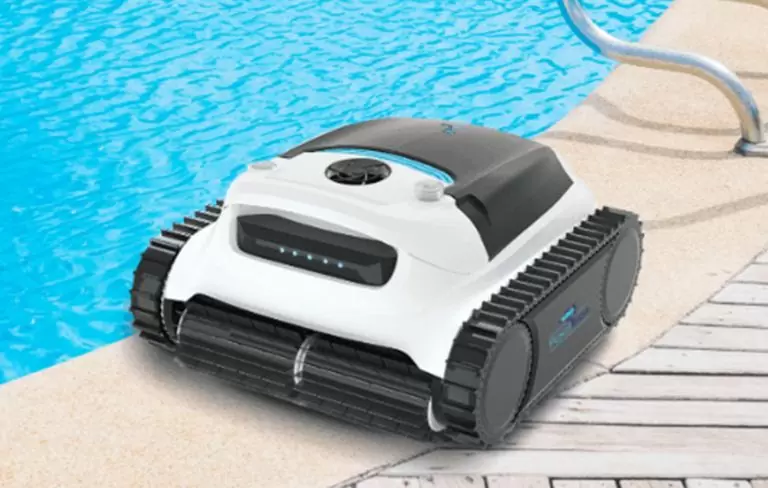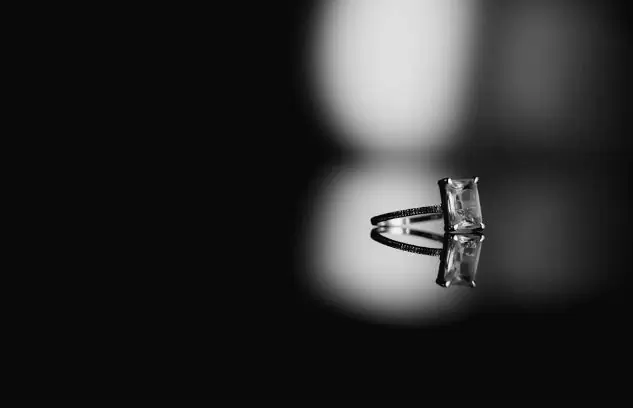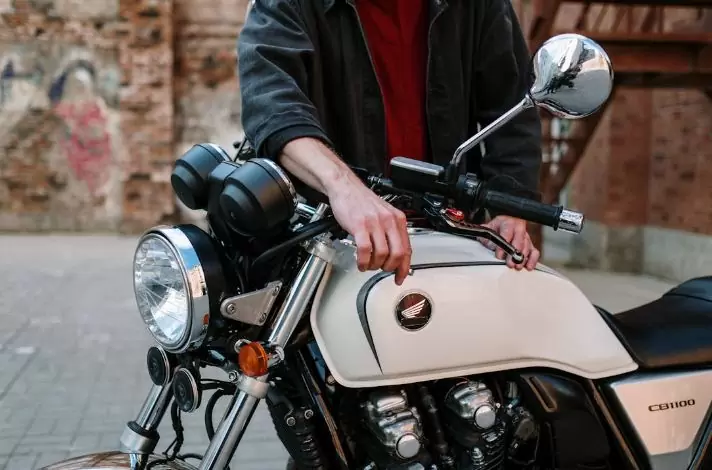How To Hold DrumSticks
Drumsticks are the most essential tool for any drummer. They are typically made of hickory, maple or oak wood and come in different sizes and shapes. The size and shape of the drumstick can affect the sound and how it feels in your hand. To start playing the drums, you must first know how to hold drumsticks properly.
Two primary ways to hold drumsticks are matched grip and traditional grip. The matched grip is when both hands hold a stick the same way with palms facing down towards the ground. It is easier for beginners since it provides more control over the sticks’ movement. On the other hand, the traditional grip involves holding one stick like a pencil between your thumb and forefinger while cradling it between your middle finger and ring finger.
When holding drumsticks, ensure a firm yet relaxed grip on them. Your fingers should wrap around the stick enough that it doesn’t slip but not too tight that it restricts movement or causes tension in your wrists or forearm muscles. Remember to keep your wrist aligned with your arm’s natural position so you don’t strain yourself while playing for long periods.
Types of grip for drumsticks
The type of grip you use for drumsticks can greatly impact your playing. The most common types of grips are the matched grip and traditional grip. Matched grip is when both hands hold the stick the same way, with palms facing downwards and thumbs facing each other. On the other hand, a traditional grip is when one hand holds the stick with an underhand grip, and the other holds it with an overhand grip.
Another type of grip that some drummers prefer is the French or German Grip. This is a variation of matched grip where the palms face each other instead of downwards, resulting in more wrist action during playing. There’s also a mallet or timpani style which involves holding sticks like mallets for orchestral percussion.
Choosing a particular type of grip depends on personal preference and what feels comfortable for you as a drummer. Experimenting with different grips can help improve technique and create new sounds during performances or rehearsals. Whatever type you choose, practice proper posture and positioning to avoid injury while playing the drums over time.
Proper drumstick technique
When it comes to playing the drums, proper technique is essential. One of the most fundamental aspects of drumming is holding the drumsticks correctly. The right hand should hold the stick loosely between the thumb and the first two fingers. The stick should rest on the skin pad between the thumb and index finger with a slight angle towards you, allowing for control and rebound.
For left-handed players, everything remains the same except that they will use their opposite hands. For both hands, your fingers should be relaxed around the stick rather than clenched tightly, which can lead to fatigue or injury over time.
Additionally, ensure your wrists are not locked in place while playing. Instead, allow them to move freely in a natural motion while keeping your elbows close to your sides for stability. Practising and dedicating to a proper technique like this can improve their drumming skills in no time!
What are the different types of grip for holding drumsticks?
The traditional grip is the most common way to hold drumsticks. This grip involves holding the stick between your thumb and index finger with the other fingers wrapped around the stick. The palm of your hand faces down, and the back of your hand faces up. It’s recommended for beginner drummers because it’s easier to control.
The matched grip is another popular way to hold drumsticks. In this type of grip, both hands identically hold the sticks. Your palms will face each other, and you’ll use all five fingers to wrap around each stick for added control when playing.
Finally, there’s a variation on the traditional grip called “the French grip.” It’s where you extend your index finger and use just two fingers instead of three or four like in the traditional grip style. This technique allows greater flexibility and speed while playing.
Drummers must experiment with different grips until they find one that feels comfortable and provides optimum control over their playing style. Once you’ve found a suitable grip, practice regularly to develop muscle memory and improve overall performance.
What is the proper technique for holding and playing with drumsticks?
There are several techniques for holding drumsticks, but the most commonly used is the matched grip. In this technique, both sticks are held the same way, with palms facing down and thumbs resting on the stick. The index finger is curled around the stick, and other fingers wrap around it to provide support.
Another popular grip is the traditional grip, which dates back to military drumming. One hand holds a stick in a similar way as matched grip, while the other hand holds its stick in a more relaxed manner between thumb and index finger with palm facing up.
Holding your drumsticks properly is essential to avoid injury and play comfortably. The correct grip controls speed, dynamics, and technique while playing the drums. Regardless of the style you choose or the instrument you play, proper holding technique will make playing easier and produce better results.
FAQs
What is the proper way to hold drumsticks?
The proper way to hold drumsticks is by gripping the stick with your thumb and index finger while placing your middle finger on the opposite side of the stick for support. Your ring and pinky fingers should be loosely curled towards your palm. Ensure not to grip too tightly, as this can cause tension and fatigue in your hand.
Should I use a traditional or matched grip when holding drumsticks?
This largely depends on personal preference and what feels most comfortable for you. Traditional grip involves holding one stick with an underhand grip (like a chopstick), while matched grip involves holding both sticks with an overhand grip. Some genres of music may also require a particular type of grip, so it’s important to experiment and see what works best for you.
How can I improve my grip strength when playing the drums?
There are several exercises you can do to improve your grip strength, such as using a stress ball or rubber band, practising rudiments with heavier drumsticks or weighted gloves, and doing finger stretches before playing. Also, take breaks during long practice sessions to avoid overworking your hands.










